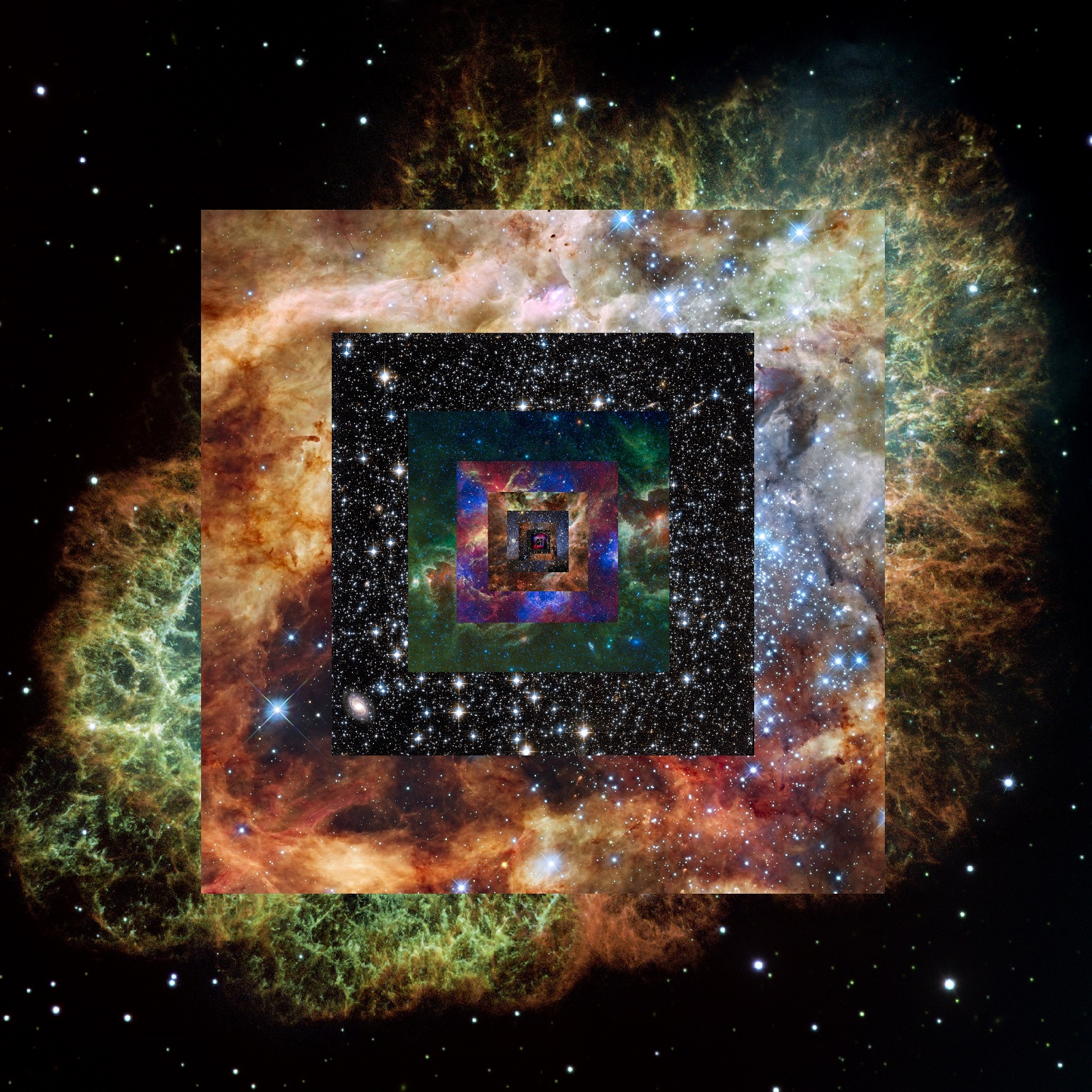
Spontaneous Human Combustion (SHC) has been a subject of intrigue and debate for centuries, with reports of people suddenly and inexplicably bursting into flames without any apparent external source of ignition. While many dismiss these cases as a mere myth or the result of exaggeration and misinterpretation, others point to historical and modern accounts as evidence that SHC is a genuine, albeit rare and poorly understood, phenomenon. This article delves into the mystery of Spontaneous Human Combustion, examining historical cases, possible explanations, and recent scientific research.
Historical Accounts of Spontaneous Human Combustion
The first known mention of SHC dates back to 1641 in the book “De Incendiis Corporis Humani Spontaneis” by Danish physician Thomas Bartholin[1]. Since then, there have been numerous accounts of people allegedly suffering from this mysterious phenomenon. One of the most famous cases is that of Mary Reeser, a 67-year-old woman who was found reduced to ashes in her St. Petersburg, Florida, apartment in 1951[2]. The furniture around her remained largely undamaged, and there was no sign of any external source of ignition.
Other cases, such as the 1982 death of Jean Saffin in London, have been similarly confounding. Saffin’s father claimed to have seen her spontaneously burst into flames while sitting in a chair in their home[3]. Although skeptics argue that these incidents can be attributed to more mundane causes, such as smoking or faulty electrical wiring, the lack of concrete evidence often leaves room for speculation.
Possible Explanations for Spontaneous Human Combustion
Throughout history, various theories have been proposed to explain SHC, ranging from supernatural to scientific. Some early theories involved divine intervention or curses, while others proposed that the phenomenon could be the result of an imbalance of bodily “humors”[4]. In more recent times, several possible scientific explanations have been suggested, including the following:
a) The Wicking Effect: The wicking effect hypothesis posits that a person’s clothing or body fat can act as a wick, allowing a small external flame to spread across the body and consume it in a slow, controlled manner. This could account for the seemingly spontaneous nature of some SHC cases and the localized damage often reported in these incidents[5].
b) Alcohol Consumption: Another theory suggests that high levels of alcohol in the bloodstream could make the body more susceptible to combustion. While this idea has been largely discredited due to the absence of alcohol in some SHC victims, it remains a popular explanation in the public imagination[6].
c) Static Electricity or Electrical Discharge: It has been proposed that a buildup of static electricity within the body could, under certain conditions, generate enough heat to ignite combustible materials, such as clothing or body fat[7]. While this theory has not been definitively proven, it offers a possible mechanism for SHC that warrants further investigation.
d) Biochemical Reactions: Some researchers have suggested that a rare and as-yet-undiscovered biochemical reaction within the human body could produce enough heat to ignite clothing or body fat, leading to a rapid and violent combustion event[8]. This theory, like others, remains speculative and unproven.

Scientific Research on Spontaneous Human Combustion
Despite the numerous accounts and proposed explanations, there is still a dearth of scientific research on SHC, largely due to the rarity of the phenomenon and the difficulty in recreating the conditions in a laboratory setting. However, some studies have attempted to shed light on the possible mechanisms behind SHC.
One study conducted in 2014 by Brian J. Ford analyzed the phenomenon in relation to acetone, a highly flammable substance that can be produced within the human body as a byproduct of certain metabolic processes[9]. Ford’s research suggested that in cases of extreme ketosis, such as during starvation or certain medical conditions, the body could produce enough acetone to make it susceptible to spontaneous combustion. While this study offered an intriguing hypothesis, more research is needed to establish a definitive link between acetone production and SHC.
In 2012, a group of Irish researchers, led by Dr. Mike Green, examined the potential for self-ignition of a human body using a technique called the “human candle” experiment[10]. The researchers wrapped a pig carcass (a suitable human analogue due to its similar fat content) in a blanket and ignited it using a small flame. The resulting fire was found to be self-sustaining, consuming the carcass and blanket but leaving the surrounding area relatively unscathed. This experiment provided empirical support for the wicking effect theory, demonstrating that it is possible for a small external flame to cause extensive damage to a human body without affecting the surrounding environment.
Conclusion
Spontaneous Human Combustion remains a controversial and enigmatic phenomenon that has captivated the public imagination for centuries. While historical accounts and anecdotal evidence suggest that SHC could be a genuine occurrence, the lack of scientific research and definitive explanations has left many questions unanswered. Further research into the possible causes and mechanisms behind SHC is needed to unravel the mystery surrounding this perplexing phenomenon.
Source List
[1] Bartholin, Thomas. De Incendiis Corporis Humani Spontaneis. 1641.
[2] Arnold, Larry E. Ablaze! The Mysterious Fires of Spontaneous Human Combustion. M. Evans and Company, Inc., 1995.
[3] “Inquest Verdict: Open.” The Times, 24 Sept. 1982, p. 3.
[4] Ball, Philip. “Combustible Bodies.” Nature, vol. 444, no. 7122, 2006, pp. 1015-1016.
[5] Nickell, Joe. “Not-So-Spontaneous Human Combustion.” Skeptical Inquirer, vol. 24, no. 4, 2000, pp. 15-17.
[6] Ford, Brian J. “The Spontaneous Human Combustion of Dr. John Bentley.” Microscopy and Analysis, vol. 11, no. 5, 1997, pp. 15-16.
[7] Collins, Nick. “Spontaneous Human Combustion: What Are the Chances?” The Telegraph, 20 Dec. 2011.
[8] Jones, Richard. “The Mystery of Spontaneous Human Combustion.” New Scientist, vol. 164, no. 2212, 1999, pp. 24-27.
[9] Ford, Brian J. “Spontaneous Human Combustion: A New Look at an Old Enigma.” Microscopy and Analysis, vol. 28, no. 2, 2014, pp. 7-10.
[10] Green, Mike, et al. “The ‘Human Candle’ Experiments: Investigating the Potential for Self-Ignition of a Human Body.” Forensic Science International, vol. 222, no. 1-3, 2012, pp. e1-e4.



